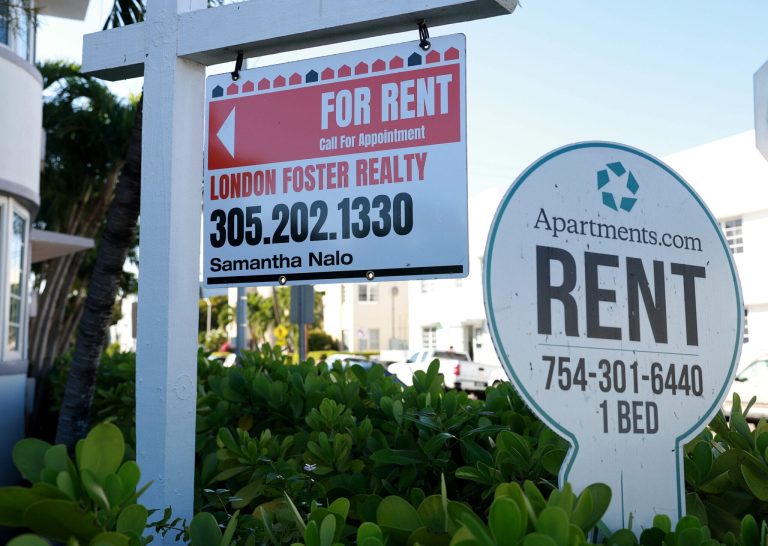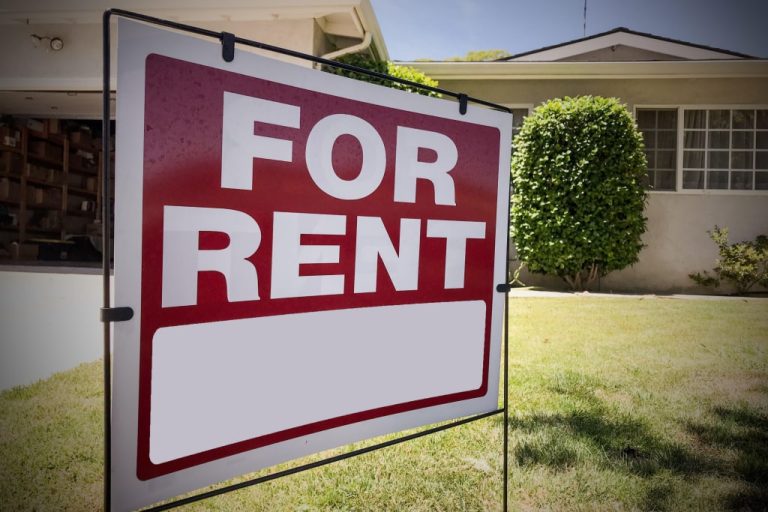Rhode Island, known for its stunning coastlines, rich history, and vibrant communities, is also home to some areas that struggle with higher crime rates. Despite its small size, the state’s crime statistics vary significantly from city to city. Understanding these statistics is crucial for residents, potential movers, and policymakers. This article delves into the most dangerous cities in Rhode Island based on the latest FBI data, providing insights into the crime rates, types of crimes, and contributing factors.
Rhode Island is the smallest state in the United States, but it faces challenges similar to larger states when it comes to crime. Using the most recent FBI crime data, we will explore the cities with the highest crime rates in Rhode Island, examining both violent and property crimes. This analysis will help shed light on the safety issues in these areas and provide context for the numbers.
Understanding FBI Crime Data
The FBI’s Uniform Crime Reporting (UCR) program collects and publishes data on crime in the United States. The data includes information on violent crimes (murder, rape, robbery, and aggravated assault) and property crimes (burglary, larceny-theft, motor vehicle theft, and arson). This data is critical for understanding crime trends and patterns across different regions.
The Most Dangerous Cities in Rhode Island
1. Providence
Overview: Providence, the capital and largest city of Rhode Island, is often at the top of the list for crime rates. With a population of around 180,000, it is a bustling urban center with diverse communities and economic activities.
Crime Statistics:
- Violent Crimes: In the most recent year, Providence reported over 1,200 violent crimes, including 25 homicides, 300 robberies, and 850 aggravated assaults.
- Property Crimes: The city also saw around 6,000 property crimes, including 1,500 burglaries, 3,500 larceny-thefts, and 1,000 motor vehicle thefts.
Factors Contributing to Crime:
- Economic Disparities: Significant economic inequalities contribute to crime in Providence, with pockets of poverty in various neighborhoods.
- Gang Activity: The presence of gangs influences the rates of violent crimes, particularly in certain districts.
2. Woonsocket
Overview: Woonsocket, with a population of approximately 41,000, is another city with high crime rates. Located in the northern part of the state, it has a rich industrial history but faces modern economic challenges.
Crime Statistics:
- Violent Crimes: Woonsocket reported about 250 violent crimes, including 4 homicides, 50 robberies, and 200 aggravated assaults.
- Property Crimes: Property crimes numbered around 1,200, with 400 burglaries, 700 larceny-thefts, and 100 motor vehicle thefts.
Factors Contributing to Crime:
- Economic Struggles: High unemployment rates and limited economic opportunities contribute to higher crime rates.
- Drug Issues: Drug-related crimes and addiction problems are prevalent in the area.
3. Central Falls
Overview: Central Falls is a small city with a population of around 19,000 but has one of the highest crime rates per capita in Rhode Island. Its dense population and economic issues contribute to its crime statistics.
Crime Statistics:
- Violent Crimes: The city reported 150 violent crimes, including 3 homicides, 40 robberies, and 100 aggravated assaults.
- Property Crimes: Around 700 property crimes were reported, including 200 burglaries, 400 larceny-thefts, and 100 motor vehicle thefts.
Factors Contributing to Crime:
- High Population Density: The high density contributes to social tensions and crime.
- Economic Hardships: Widespread poverty and lack of resources play a significant role in crime rates.
4. Pawtucket
Overview: Pawtucket, with a population of about 72,000, is another city facing crime challenges. Located just north of Providence, it has a mix of residential and industrial areas.
Crime Statistics:
- Violent Crimes: Pawtucket reported approximately 450 violent crimes, including 7 homicides, 80 robberies, and 350 aggravated assaults.
- Property Crimes: The city saw around 2,000 property crimes, including 600 burglaries, 1,100 larceny-thefts, and 300 motor vehicle thefts.
Factors Contributing to Crime:
- Economic Transition: The city is transitioning from an industrial economy, leading to unemployment and poverty issues.
- Drug-Related Crimes: Drug trafficking and addiction contribute significantly to crime rates.
5. Newport
Overview: Newport is known for its historic mansions and tourism, but it also faces crime issues. With a population of about 24,000, it has a relatively high crime rate for its size.
Crime Statistics:
- Violent Crimes: Newport reported around 100 violent crimes, including 2 homicides, 25 robberies, and 70 aggravated assaults.
- Property Crimes: Property crimes totaled about 500, with 150 burglaries, 300 larceny-thefts, and 50 motor vehicle thefts.
Factors Contributing to Crime:
- Tourist Activity: The influx of tourists can lead to increased crime, particularly theft.
- Economic Disparities: While parts of Newport are affluent, there are significant economic disparities.
Contributing Factors to Crime in Rhode Island
Understanding the root causes of crime in Rhode Island requires examining various factors:
Economic Inequality
Economic disparities are a significant factor in crime rates. Cities with higher poverty rates tend to have higher crime rates due to limited access to resources and opportunities.
Drug Addiction and Trafficking
Drug-related issues are prevalent in many of the most dangerous cities. Addiction and trafficking lead to a range of crimes, from violent offenses to property crimes.
Gang Activity
Gang presence and activity contribute to violent crime rates, particularly in larger cities like Providence and Pawtucket.
Population Density
High population density can lead to increased crime rates due to social tensions and competition for limited resources.
Efforts to Combat Crime
Community Policing
Community policing initiatives aim to build better relationships between law enforcement and communities, fostering trust and cooperation to prevent crime.
Economic Development Programs
Investing in economic development can reduce crime by providing more job opportunities and resources for residents.
Drug Rehabilitation Programs
Addressing drug addiction through rehabilitation and support programs can significantly reduce drug-related crimes.
Education and Youth Programs
Investing in education and youth programs helps prevent crime by providing young people with positive activities and opportunities.
Conclusion
Rhode Island’s most dangerous cities face various challenges contributing to their crime rates. While economic disparities, drug issues, and gang activity are significant factors, efforts to combat crime through community policing, economic development, and support programs offer hope for safer communities. Understanding the crime landscape is crucial for residents and policymakers to address these issues effectively and work towards a safer Rhode Island.



